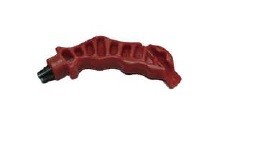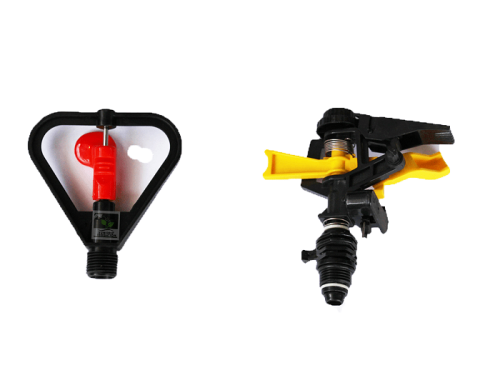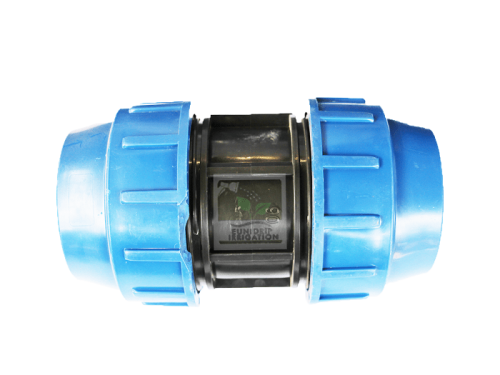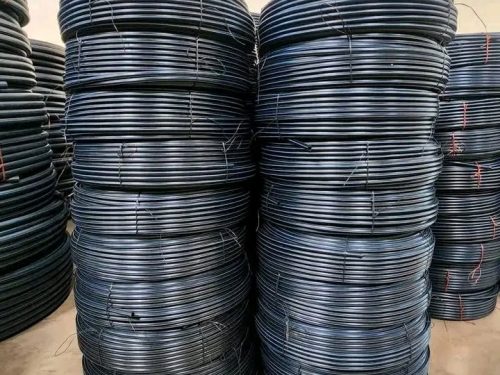Description
Expandable magic hose on lawn irrigation system
Expandable magic hose is the current efficient method in which most people or farmers uses to water their lawns. It’s more efficient, flexible and cheap in terms of labor requirement as compared to other methods of watering including using watering can or manual bucket watering methods. It saves a lot of water by forty percent as compared to other methods of lawn watering.
The expandable magic hose system will only work well in terms of water saving efficiency when the following are put into considerations.
-
Weather status.
Lawn irrigation system should be adjusted strictly based on current weather. Irrigation should not be carried out during rainy season in order to minimize water wastage. For instance. Soil can only absorb so much water at once.
-
Change of season:
watering schedule should be conducted as per the season with the season. Lawn irrigation should be conducted during the periods of low rainfall.
-
Program your timer to water in cycles.
Heavy soils and slopes sometimes can’t absorb water fast enough to prevent it from running off. Program your timer to water for several shorter periods, with about an hour in between, to let the water soak into the soil.
Requirements of expandable magic hose to be effective
Water pump.
For lawn irrigation design, Water pumps are the heart of the irrigation system. For smaller systems, you’ll have one booster pump. However, most can calculate the necessity for a multiple irrigation pumps counting on their design.
While standard municipal water pressure is ok for running a hose to a sprinkler within the middle of the lawn, irrigation systems require a better pressure to efficiently pump the water through the pipes and therefore the sprinkler heads.
If you would like to rebuild your Wayne system pump, inspect our rebuild kit .
3. Water Meter
The meter , as you’d assume, measures the quantity of water wont to irrigate the property. This allows you to make sure the right amount of water is applied to the expandable magic hose.
But, the irrigation meter also can be a part of your water utility setup. Many municipalities assess a fee for water usage and for water sewage treatment.. With irrigation systems, the water doesn’t flow through the complete cycle and is therefore not charged the treatment fee.
Different municipalities have different requirements, so make certain to see before you put in an irrigation system.
4. Pump Controller.
For lawn sprinkler systems, the control has two primary functions which includes managing the watering process, ensuring each zone receives the correct amount of water and monitor the system for possible malfunctions and alert when the happen, also as shutdown the system if necessary. The pump controller is connected to the system and system sensors to watch pressure and flow. Any drastic variance in these metrics and there’s likely a drag . The controller’s ability to pinpoint the matter will depend upon how you distribute/place the sensors.
5. Valve box
In lawn irrigation system design, Valve boxes are for quite just valves. . The valve box allows the owner easy access to the sprinkler valve, or other components like sensor, wires while protecting them from the elements, accidents and pests. With the effective use of valve boxes, well-designed sprinkler systems are often nearly invisible yet easily accessible for maintenance and repairs.
5. Sprinkler Shut-off valve
While the thought of a shut-off valve is straightforward , when incorporated into a well-designed system , the sprinkler shut-off valve plays a key role in avoiding or mitigating potentially damaging problems. With a solenoid switch, proper power supply, and a well-designed controller, the system can pack up the water as soon as problems are detected. By properly planning the zones of your irrigation system, and installing the acceptable shut-off valves, you’ll minimize disruptions while maximizing system protection.
6. Backflow Prevention Device
When lawn irrigation system is connected to a potable water supply, the backflow prevention devices protect the source water from contamination and backup pressure should something go wrong. Usually, once you install the meter to separate irrigation usage from household usage, there’ll be a concurrent requirement to put in a backflow prevention device.
Installation procedure for lawn irrigation sprinklers.
The guiding steps outlay the procedure for installation of lawn irrigation sprinklers.
Land mapping
Mark the location of buried cables and stamps in the yard. Calculate the size of the yard with a tape measure or any other measuring tool. Measure the water pressure and determine the sprinklers’ coverage. Make a sketch diagram on paper and plot the types and locations of the sprinkler heads. Mark the yard with sticks where the sprinklers will go.
Connect the main water pumping unit
The more professional way involves tapping into the main water-service line. Both ways require the installation of an anti-siphon valve, which prevents brackish water, lawn chemicals and fertilizers from entering the most water system .
Access the pipes and fittings
Locate the pipe for the water source that you’ll be tapping into. It might be at the meter within the basement or buried underground. Mark the locations of all the trenches and sprinklers with wooden stakes or plastic flags.
Dig a trench and prepare materials
Then use a trenching machine to excavate the trenches to a depth of 4 to 10 inches, depending on the recommend nature of the ground where you are working on.
Dig a trench 6 inches to 8 inches deep with sides sloping at a 45-degree angle. When digging, place sod to at least one side and soil to other to form filling and patching the ditch easier.
Rent a trenching device, also called a vibratory plow, to form this stage go much faster. Turn off the water to the house at the meter.
Cut into the most water line and splice during a tee fitting with PVC cement and primer. If the road is copper, solder on a copper tee. Glue a 90-degree PVC elbow onto a male PVC adapter.
Thread the adapter into the tee fitting installed on the most water line. It’s okay to connect PVC to copper here.
Install the valve manhole chamber
Dig a hole slightly larger than the valve manifold box. Place the box in the ground. Attach one end of the valve manifold assembly to the most water system line. Tighten the clamps to secure it. Line the hole with two inches inches of gravel, then set the valve box into it. The box lid should be flush with the grass. Run one-inch schedule p.v.c pipe from the most water line to a backflow-prevention device then connect it to the manifold. Dig a shallow trench from the valve box to the situation for the timer, consistent with your plan.




